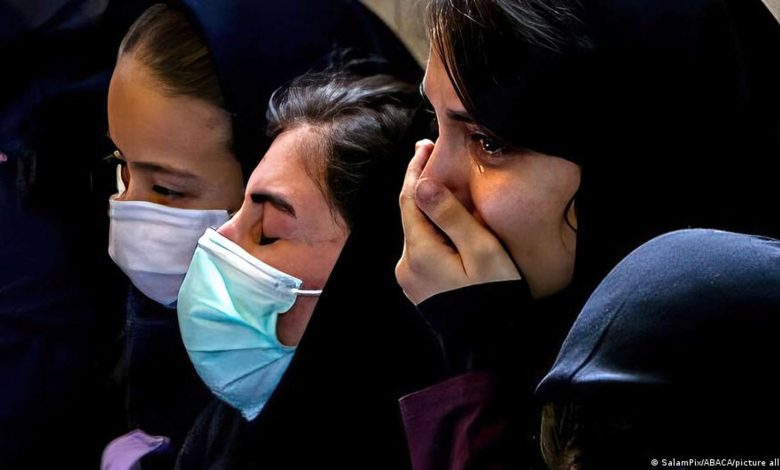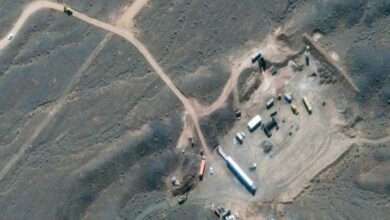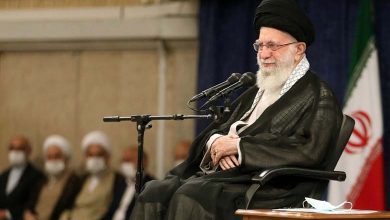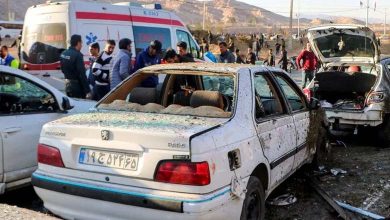Attacks of poisoning schoolgirls in Iran resume after a short truce

The issue of the poisoning of female students in Iran has resurfaced, with new cases being observed in schools for girls being transferred to hospitals. The authorities are still unable to break up this puzzle, and they appear to be confused to the extent that they are unable to provide clear explanations to absorb the wrath of parents who accused them of failing to protect their daughters.
Local media quoted officials in the Pardis district (17km northeast of Tehran) as saying that female students at the Khiyam Girls’ School complained of a health problem after a home-made bomb exploded.
The smell from the bomb caused the schoolgirls to sicken and at least 15 of them were taken to a hospital in the area, officials said.
According to media reports, all of the students were discharged from hospital later and an investigation is underway.
In another incident, video posted online showed an ambulance parked in front of a girls’ school in the northern Iranian city of Ardabil.
Doctors at the Medical Emergency Center in Ardabil told the media that several female students complained of symptoms such as anxiety, difficulty breathing and headache and were then taken to hospitals.
Cases of poisoning were also reported at two girls’ schools in the southwestern province of Khuzestan, where several female students were taken to a hospital in the city for treatment.
Iran’s first mass poisoning case was reported last November in the central city of Qom, where dozens of female students were hospitalized with symptoms such as nausea, headache, difficulty breathing, cough and body aches.
The mysterious disease then spread to other cities in the following weeks, including the capital Tehran, shocking Iranian society.
At least 1,200 schoolgirls were hospitalized as of March 20th in several cities in Iran after complaining of symptoms related to poisoning. Media reports put the number of those affected at around 5,000.
“The parliamentary fact-finding commission investigating the incidents is due to submit its report next May, according to commission chairman Hamid Reza Kazemi.”
The Iranian Interior Ministry announced the arrest of 100 people in several provinces, including Tehran, Qom and Zanjan, Khuzestan and West Azerbaijan for their alleged links to the poisoning incidents.
President Ibrahim Raisi asked the ministry on March 1 to investigate the cause of the mysterious disease caused by poisoning after it shocked the entire country and sparked popular protests.
In an earlier statement, Raisi accused his country’s enemies of involvement in the poisoning of hundreds of schoolgirls across the country, asserting that the operation was part of a plot to cause chaos in the country.
The head of Iran’s judiciary, Gholamhussein Mohseni Ejei, called the poisoning incidents an example of “corruption on earth” and warned of “severe punishment” for those found guilty of them “to serve as a lesson to those who are deemed guilty”.
The launch of the poisoning attacks coincided with a decline in the pace of protests that rocked Iran after the death of young Mahsa Amini for violating the Islamic Republic’s strict dress codes. Activists accused hardline clerics of being behind the attacks in order to take revenge against young women who rebelled against strict religious controls.
Observers believe that the Iranian authorities are behind the plan to target female students in order to settle accounts with women, who have turned into a symbol of the struggle, by rushing to the protest square with slogans that went as far as demanding the end of the current regime.












